-
 Bitcoin
Bitcoin $117300
1.93% -
 Ethereum
Ethereum $3866
5.21% -
 XRP
XRP $3.109
3.81% -
 Tether USDt
Tether USDt $1.000
0.01% -
 BNB
BNB $781.5
1.52% -
 Solana
Solana $173.0
2.95% -
 USDC
USDC $0.9998
0.00% -
 Dogecoin
Dogecoin $0.2181
6.31% -
 TRON
TRON $0.3403
0.93% -
 Cardano
Cardano $0.7683
3.91% -
 Hyperliquid
Hyperliquid $40.08
5.09% -
 Sui
Sui $3.742
7.38% -
 Stellar
Stellar $0.4152
4.69% -
 Chainlink
Chainlink $18.40
10.03% -
 Bitcoin Cash
Bitcoin Cash $580.6
2.21% -
 Hedera
Hedera $0.2543
4.25% -
 Ethena USDe
Ethena USDe $1.001
-0.01% -
 Avalanche
Avalanche $22.94
3.52% -
 Litecoin
Litecoin $121.8
2.24% -
 UNUS SED LEO
UNUS SED LEO $8.955
-0.41% -
 Toncoin
Toncoin $3.330
3.03% -
 Shiba Inu
Shiba Inu $0.00001270
2.97% -
 Uniswap
Uniswap $10.34
6.42% -
 Polkadot
Polkadot $3.805
3.86% -
 Dai
Dai $1.000
0.01% -
 Bitget Token
Bitget Token $4.429
1.80% -
 Cronos
Cronos $0.1495
4.65% -
 Monero
Monero $255.6
-9.08% -
 Pepe
Pepe $0.00001096
4.40% -
 Aave
Aave $282.9
7.85%
What order types does Bitfinex contract support? How to choose between limit orders and market orders?
Bitfinex offers various order types for futures contracts, including limit, market, stop, and trailing stop orders, each suited for different trading strategies and market conditions.
May 06, 2025 at 12:08 pm
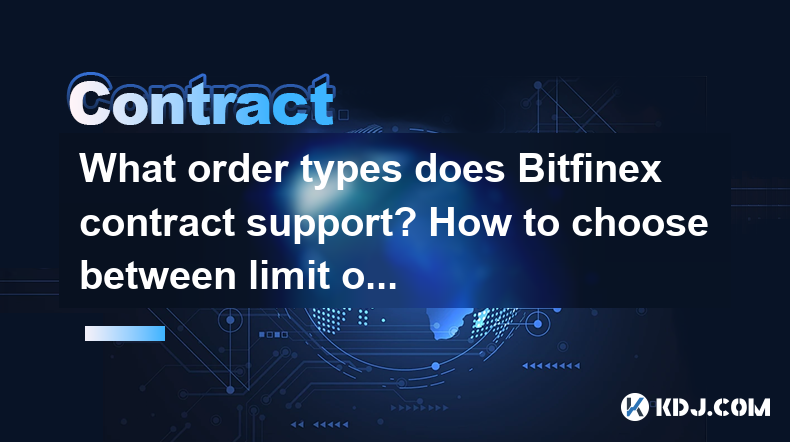
Bitfinex is a well-known cryptocurrency exchange that offers a variety of trading options, including spot trading and futures contracts. When it comes to trading futures contracts on Bitfinex, understanding the different order types available is crucial for effective trading. This article will explore the various order types supported by Bitfinex for futures contracts, and provide guidance on how to choose between limit orders and market orders.
Understanding Bitfinex Futures Contracts
Bitfinex offers futures contracts that allow traders to speculate on the future price of cryptocurrencies. These contracts are agreements to buy or sell an asset at a future date for a predetermined price. Bitfinex supports several order types for these contracts, each serving different purposes and catering to different trading strategies.
Order Types Supported by Bitfinex
Bitfinex supports several order types for futures contracts, including:
- Limit Orders
- Market Orders
- Stop Orders
- Trailing Stop Orders
- Fill or Kill (FOK) Orders
- Immediate or Cancel (IOC) Orders
Each of these order types has specific characteristics that make them suitable for different trading scenarios.
Limit Orders
Limit orders allow traders to specify the price at which they want to buy or sell a futures contract. When a limit order is placed, it will only be executed if the market reaches the specified price. This type of order provides traders with greater control over the execution price, making it ideal for those who prioritize precision over speed.
- To place a limit order on Bitfinex:
- Navigate to the trading interface for the desired futures contract.
- Select "Limit" as the order type.
- Enter the desired price at which you want to buy or sell.
- Specify the quantity of contracts you wish to trade.
- Review and submit the order.
Market Orders
Market orders are executed immediately at the best available price in the market. This type of order is suitable for traders who prioritize speed and want to enter or exit a position quickly. However, the execution price may differ from the current market price due to market volatility.
- To place a market order on Bitfinex:
- Navigate to the trading interface for the desired futures contract.
- Select "Market" as the order type.
- Specify the quantity of contracts you wish to trade.
- Review and submit the order.
Stop Orders
Stop orders are used to limit losses or protect profits. A stop order becomes a market order once the specified stop price is reached. This type of order is useful for traders who want to automatically exit a position if the market moves against them.
- To place a stop order on Bitfinex:
- Navigate to the trading interface for the desired futures contract.
- Select "Stop" as the order type.
- Enter the stop price at which you want the order to be triggered.
- Specify the quantity of contracts you wish to trade.
- Review and submit the order.
Trailing Stop Orders
Trailing stop orders are similar to stop orders but allow the stop price to move in the direction of the market. This type of order is useful for locking in profits while allowing the position to remain open as long as the market moves favorably.
- To place a trailing stop order on Bitfinex:
- Navigate to the trading interface for the desired futures contract.
- Select "Trailing Stop" as the order type.
- Enter the trailing amount or percentage.
- Specify the quantity of contracts you wish to trade.
- Review and submit the order.
Fill or Kill (FOK) Orders
Fill or Kill (FOK) orders are executed immediately and in full, or they are canceled. This type of order is useful for traders who want to ensure that their entire order is filled at once or not at all.
- To place a FOK order on Bitfinex:
- Navigate to the trading interface for the desired futures contract.
- Select "FOK" as the order type.
- Enter the desired price at which you want to buy or sell.
- Specify the quantity of contracts you wish to trade.
- Review and submit the order.
Immediate or Cancel (IOC) Orders
Immediate or Cancel (IOC) orders are executed immediately to the extent possible, and any unfilled portion of the order is canceled. This type of order is useful for traders who want to fill as much of their order as possible without waiting for the entire order to be filled.
- To place an IOC order on Bitfinex:
- Navigate to the trading interface for the desired futures contract.
- Select "IOC" as the order type.
- Enter the desired price at which you want to buy or sell.
- Specify the quantity of contracts you wish to trade.
- Review and submit the order.
Choosing Between Limit Orders and Market Orders
When deciding between limit orders and market orders, it's important to consider your trading goals and the current market conditions.
When to Use Limit Orders
Limit orders are ideal for traders who want to control the price at which they enter or exit a position. They are particularly useful in the following scenarios:
- Trading in a volatile market: In a volatile market, limit orders can help traders avoid unfavorable price movements by ensuring that their orders are executed at the desired price.
- Setting specific entry and exit points: Limit orders allow traders to set precise entry and exit points, which can be crucial for implementing certain trading strategies.
- Avoiding slippage: By specifying the execution price, limit orders can help traders avoid slippage, which occurs when the execution price differs from the expected price.
When to Use Market Orders
Market orders are suitable for traders who prioritize speed and want to enter or exit a position quickly. They are particularly useful in the following scenarios:
- Entering or exiting a position quickly: Market orders are executed immediately, making them ideal for traders who need to act fast in response to market movements.
- Trading in a highly liquid market: In a highly liquid market, market orders are less likely to result in significant slippage, making them a viable option for quick trades.
- Capitalizing on short-term opportunities: Market orders can help traders take advantage of short-term market opportunities that require immediate action.
Considerations for Choosing Between Limit and Market Orders
When choosing between limit and market orders, consider the following factors:
- Market volatility: In a highly volatile market, limit orders can provide more control over the execution price, while market orders can result in significant slippage.
- Trading strategy: Your trading strategy should dictate the type of order you use. For example, if you're implementing a scalping strategy, market orders might be more suitable due to their speed.
- Risk tolerance: If you have a low risk tolerance, limit orders can help you avoid unfavorable price movements. If you're willing to take on more risk for the potential of quicker execution, market orders might be more appropriate.
- Liquidity: In a highly liquid market, market orders are less likely to result in significant slippage. In a less liquid market, limit orders can help you avoid large price discrepancies.
Frequently Asked Questions
Q: Can I modify or cancel an order after it has been placed on Bitfinex?
A: Yes, you can modify or cancel an order on Bitfinex as long as it has not been fully executed. To do so, navigate to the "Orders" section of the trading interface, find the order you wish to modify or cancel, and select the appropriate action.
Q: How does Bitfinex handle order priority?
A: Bitfinex uses a price-time priority system, meaning that orders are executed based on the best price available, and if multiple orders have the same price, the order placed first is executed first.
Q: Are there any fees associated with different order types on Bitfinex?
A: Bitfinex charges trading fees based on your trading volume and whether you are a maker or a taker. The type of order you place (limit, market, etc.) can affect whether you are classified as a maker or a taker, which in turn affects the fee you pay. Limit orders that add liquidity to the order book are typically considered maker orders, while market orders that remove liquidity are considered taker orders.
Q: Can I use multiple order types simultaneously on Bitfinex?
A: Yes, you can use multiple order types simultaneously on Bitfinex. For example, you can have a limit order and a stop order active at the same time for the same futures contract, allowing you to implement different aspects of your trading strategy concurrently.
Disclaimer:info@kdj.com
The information provided is not trading advice. kdj.com does not assume any responsibility for any investments made based on the information provided in this article. Cryptocurrencies are highly volatile and it is highly recommended that you invest with caution after thorough research!
If you believe that the content used on this website infringes your copyright, please contact us immediately (info@kdj.com) and we will delete it promptly.
- Bitcoin Reserve, Gold Revaluation, Congress Considers: A New Era for US Financial Strategy?
- 2025-08-08 04:30:12
- KAITO's Momentum: Can It Reclaim Support Amidst Social Media Scrutiny?
- 2025-08-08 04:30:12
- Pi Coin's dApp and AI Potential: Building a Decentralized Future
- 2025-08-08 02:30:12
- Ruvi AI Takes the Lead: Outshining Dogecoin on CoinMarketCap
- 2025-08-08 02:50:12
- Cryptos Under $1: Is Ripple Still the King?
- 2025-08-08 03:50:12
- Cold Wallet, Bonk Price, ICP Price: Navigating the Crypto Landscape in 2025
- 2025-08-08 03:56:12
Related knowledge
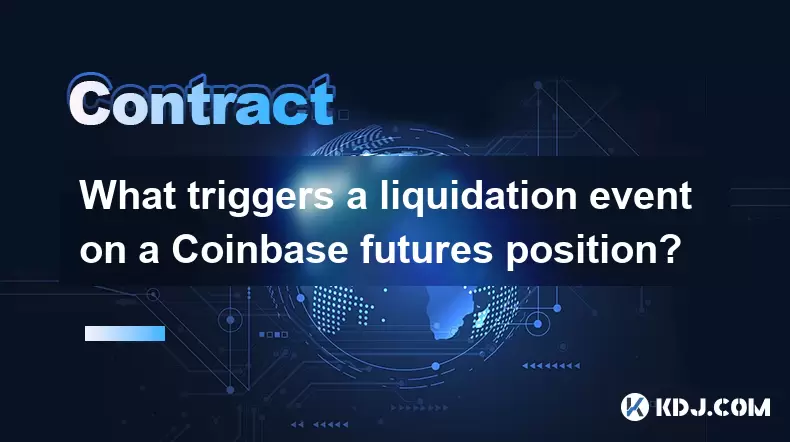
What triggers a liquidation event on a Coinbase futures position?
Aug 08,2025 at 01:15am
Understanding Futures Contracts on CoinbaseFutures contracts on Coinbase allow traders to speculate on the future price of a cryptocurrency, such as B...
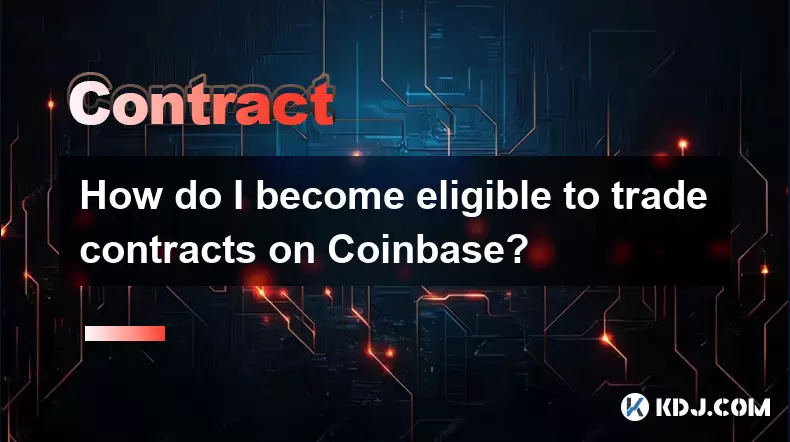
How do I become eligible to trade contracts on Coinbase?
Aug 08,2025 at 04:42am
Understanding Contract Trading on CoinbaseContract trading on Coinbase refers to the ability to trade derivative financial instruments such as futures...
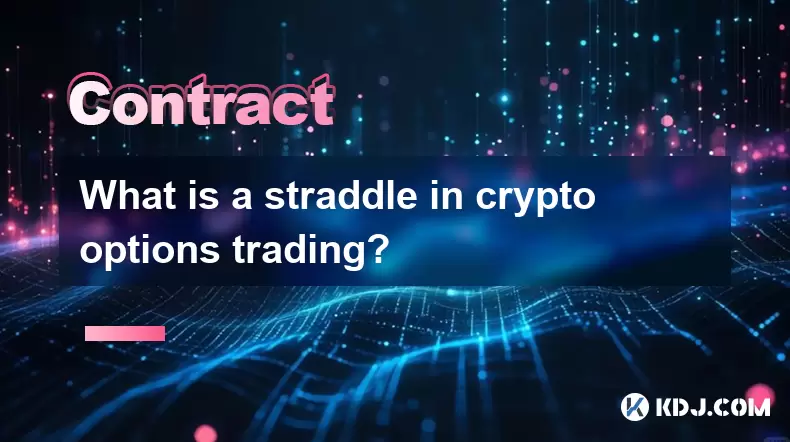
What is a straddle in crypto options trading?
Aug 07,2025 at 11:15pm
Understanding the Basics of a Straddle in Crypto OptionsA straddle is an options trading strategy used when a trader expects significant price movemen...
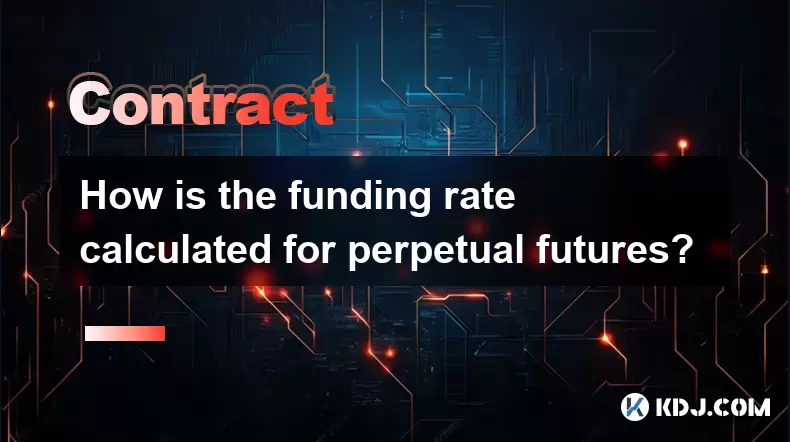
How is the funding rate calculated for perpetual futures?
Aug 07,2025 at 11:36pm
Understanding the Basics of Perpetual FuturesPerpetual futures are a type of derivative contract that does not have an expiration date, allowing trade...

What programming languages are used for smart contracts?
Aug 07,2025 at 06:07pm
Understanding Smart Contracts and Their Execution EnvironmentSmart contracts are self-executing programs deployed on blockchain networks that automati...
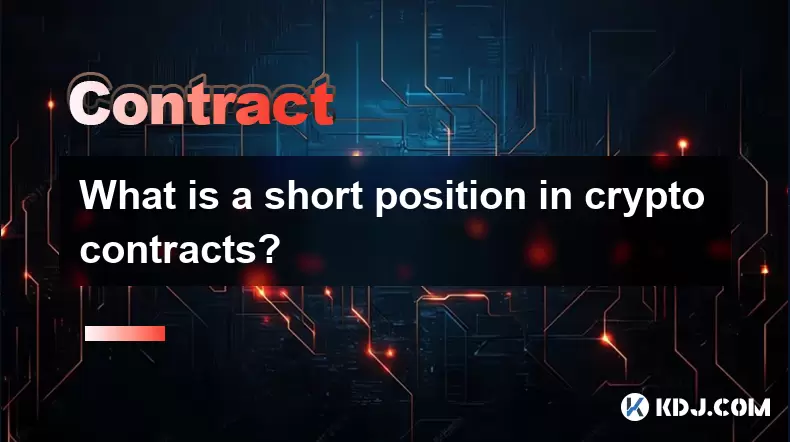
What is a short position in crypto contracts?
Aug 07,2025 at 11:42pm
Understanding the Concept of a Short Position in Crypto ContractsA short position in crypto contracts refers to a trading strategy where a trader prof...

What triggers a liquidation event on a Coinbase futures position?
Aug 08,2025 at 01:15am
Understanding Futures Contracts on CoinbaseFutures contracts on Coinbase allow traders to speculate on the future price of a cryptocurrency, such as B...

How do I become eligible to trade contracts on Coinbase?
Aug 08,2025 at 04:42am
Understanding Contract Trading on CoinbaseContract trading on Coinbase refers to the ability to trade derivative financial instruments such as futures...

What is a straddle in crypto options trading?
Aug 07,2025 at 11:15pm
Understanding the Basics of a Straddle in Crypto OptionsA straddle is an options trading strategy used when a trader expects significant price movemen...

How is the funding rate calculated for perpetual futures?
Aug 07,2025 at 11:36pm
Understanding the Basics of Perpetual FuturesPerpetual futures are a type of derivative contract that does not have an expiration date, allowing trade...

What programming languages are used for smart contracts?
Aug 07,2025 at 06:07pm
Understanding Smart Contracts and Their Execution EnvironmentSmart contracts are self-executing programs deployed on blockchain networks that automati...

What is a short position in crypto contracts?
Aug 07,2025 at 11:42pm
Understanding the Concept of a Short Position in Crypto ContractsA short position in crypto contracts refers to a trading strategy where a trader prof...
See all articles

























































































